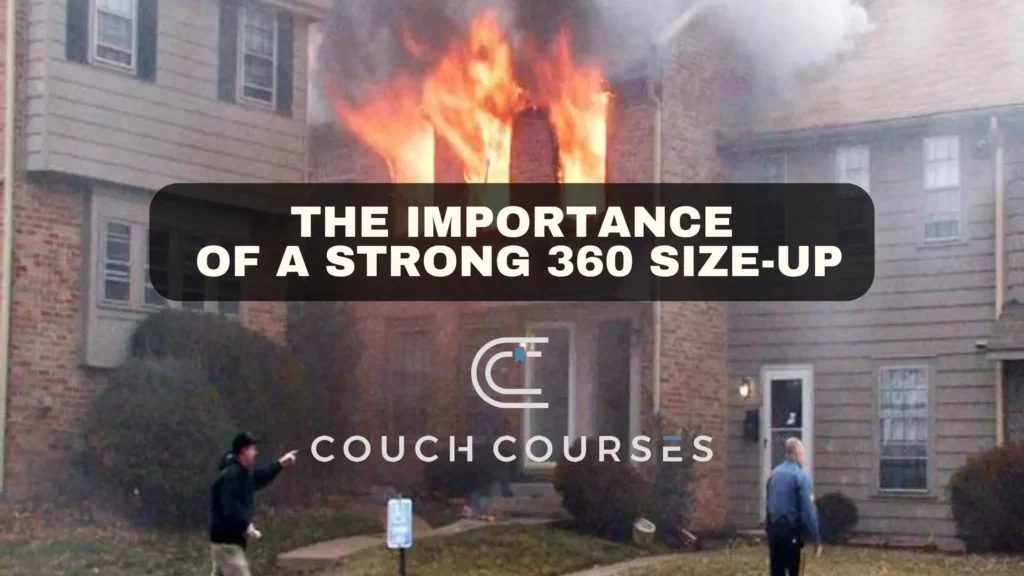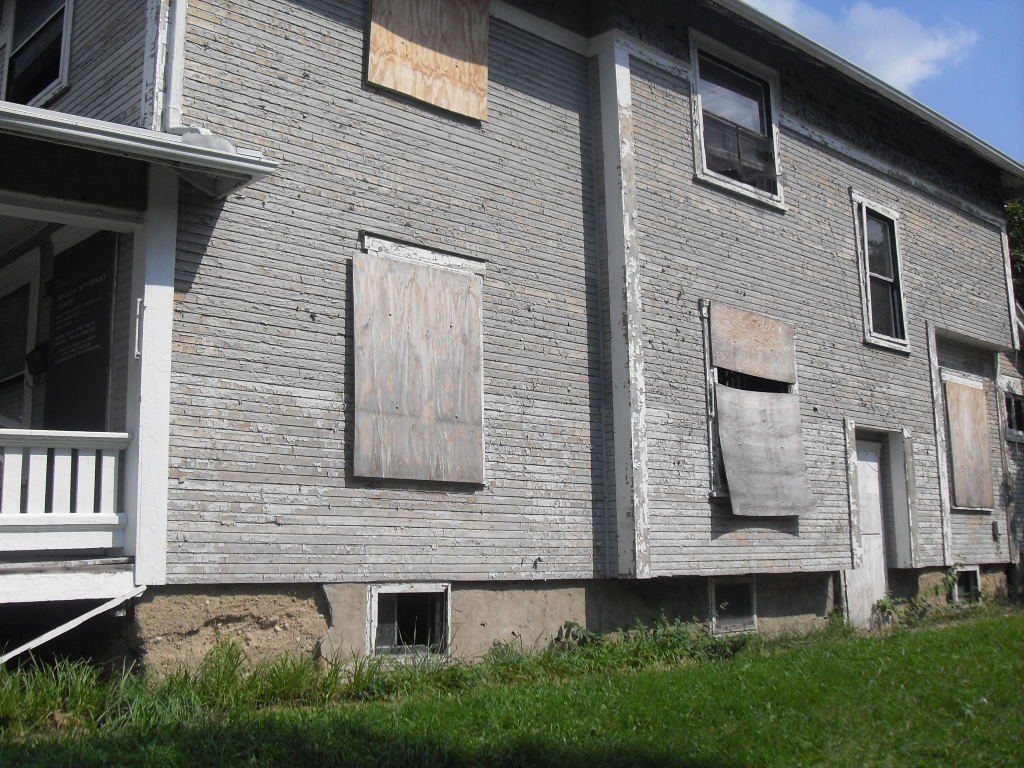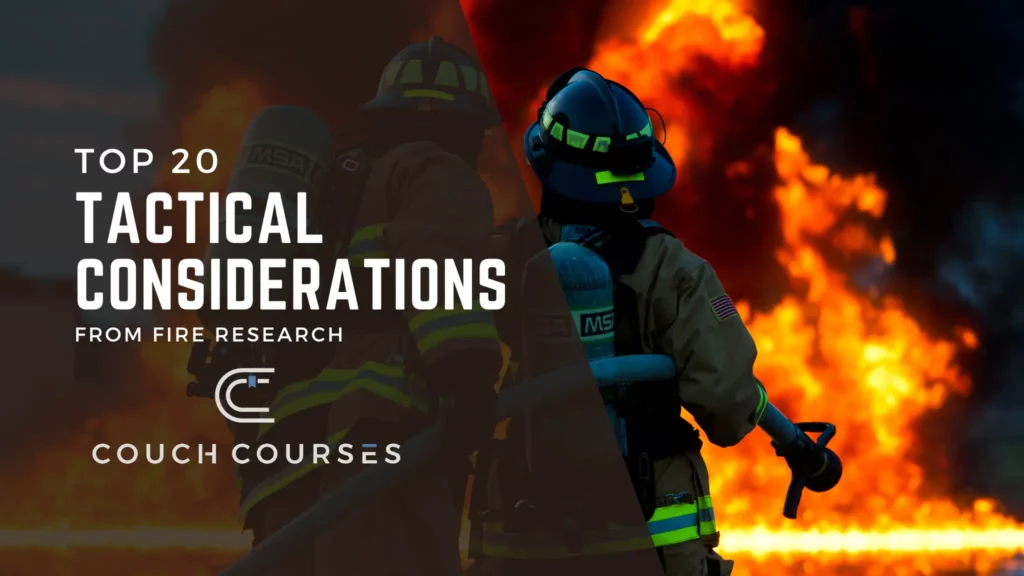The importance of a strong 360 size-up

How to deliver a strong 360 scene size-up
We have all heard of size-ups and their importance. However, I seldom see discussions on the tactical considerations and tips on delivering a strong 360 scene size-up. As a company officer, the importance of a strong 360 size-up cannot be over-emphasized. You are arriving on the scene, and it is time to establish your tactical priorities. You either start winning against the fire/emergency, or the fire/emergency starts winning against you and your crew.
In the image below, you see a townhome with major involvement of division two. Flames and heavy smoke coming out the front windows in a self-ventilated fire. As your crew begins to stretch your attack line of choice and begins gearing up to open or make access via the front door. You, as the officer, are beginning to assess the situation.
The Charlie side of the structure is critical in your game plan; we know we already have a large involvement in division two, but just how much? Is there even a structure on the other side?
In assessing NIOSH fatality and near-miss reports, charlie side impressions or lack thereof have impacted many tactical decisions, some for the better and some resulting in injury or death. Something unusual to Florida but not the rest of the United States is basement fires, some not being noticed, and firefighters deploying above them.

Unable to walk around completely
Many reasons prevent the first on-scene fire officer from performing a “textbook” 360, geography, topography, distance, etc. However, the emphasis that should be on the officers’ minds is an attempt to get as complete of a view of the building as possible. We are looking for victims in back windows, involvement estimates for flow rate considerations, safety concerns for current rescuers, and those yet to arrive.

How the size-up affects tactical considerations
In our SLICE-RS and RECEO VS, you can see several considerations found during the 360 size-up. Locating the fire can only be done with a full assessment of the building. The flow path can be determined by the openings in the structure, made by the fire, or by doors/windows left open. This information will be huge in determining the survivability profile of the building and assessing where you want to place your firefighters. As we know from UL testing, the most dangerous location is between where the fire is and where it is going.
Rescue opportunities maybe lost if a fire officer is unable, or does not complete a full 360 size-up. On a recent fire my agency had, a vehicle was inside a building causing a commercial structure fire, and had an ejection of the patient laying elsewhere on the property. A 360 was vital in locating that patient for treatment and appropriate transport.
In the town home example above, what are the exposure risks? We may see the obvious exposure D1 and B1, but what is located on Charlie? The photo below shows the delta side of a structure; look at all the information being shown in this view. We have egress considerations with boarded windows, and an open or broken window in division two, allowing ventilation for flow path considerations. We see a basement; we can presume the stairway layout by the window openings. We also have a better estimate of the size of the structure; it appears this building has had several additions. Couch Course’s building construction course can go into further detail on what you can gather from your size-up.

Video example of the importance of a 360 size-up
I found this video on the Fire Critic’s blog about 360 size-ups.
In the video, you will see a very different view from Alpha until about 28 seconds when the video cuts to side Charlie with a very different tactical/safety profile.
Take the time
I hope this conversation about the importance of a strong 360 scene size-up makes it to your company discussions. Take the time to get all the information available on your next call; it could dramatically impact your decision-making process and literally be the difference between life and death.
Be sure to follow Couch Courses on Facebook, Instagram, Twitter, and LinkedIn for special offers, new courses, and more!





